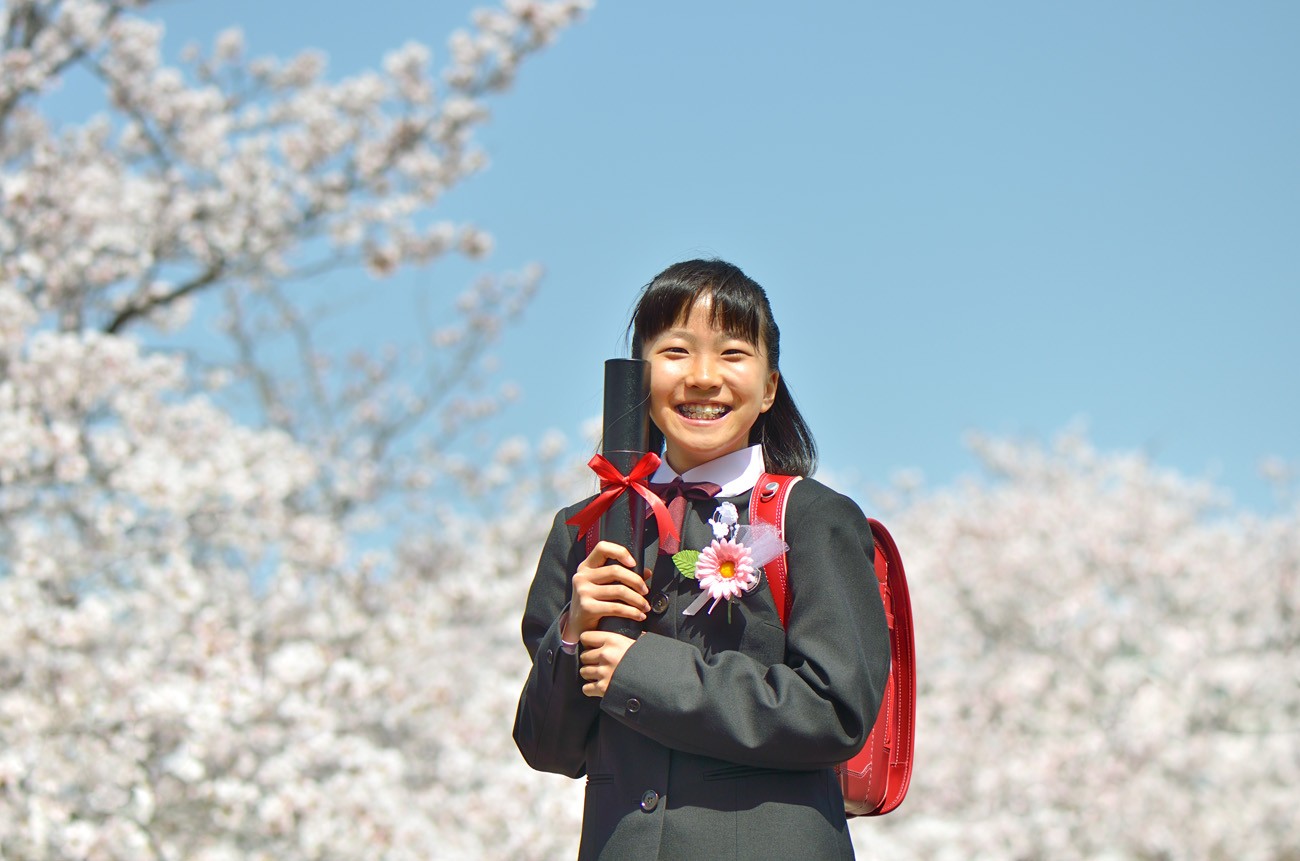
Have you ever dreamed of experiencing a Japanese school life, just like in manga and anime? From entrance ceremonies under cherry blossoms to sports festivals filled with sweat and tears, and cultural festivals that create unforgettable memories, Japan’s school events bring each season to life. In this article, we’ll take a deep dive into Japan’s annual school events. Get ready to experience the charm of student life in Japan!
* By purchasing or reserving products introduced in this article, a portion of the sales may be returned to FUN! JAPAN.
Is Japan’s School Year Different from Other Countries? Why Do School Years Start in April?
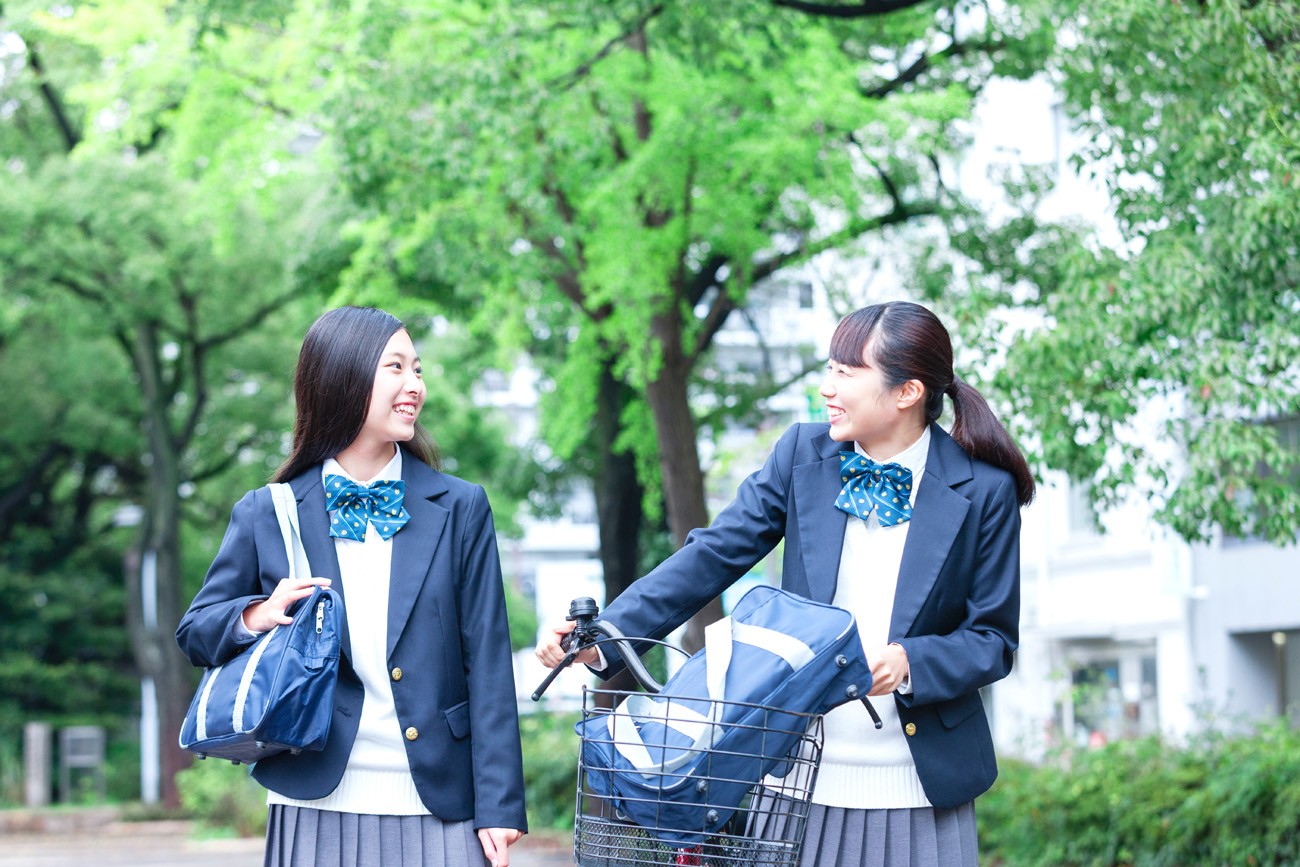
Unlike many countries, Japan’s academic year typically starts in April and ends in March of the following year. Most schools follow a three-term system, dividing the year into spring-summer, autumn-winter, and winter-spring. The reason why Japan's school year begins in April is that the country’s fiscal year starts on April 1.
Additionally, children born between January 1 and April 1 are considered "early-born" and start school a year earlier than those born on April 2. This is based on the legal rule that children enter elementary school on the first April 1 after turning six years old.
Japan’s school system is divided into three stages: six years of elementary school, three years of junior high school, and three years of high school.
List of Annual School Events in Japan
Japanese schools hold various seasonal events that play an important role in students' growth and memories. From entrance ceremonies in spring and school trips in summer to cultural festivals in autumn and graduation ceremonies in winter, each season brings unique experiences. These events not only support academic learning but also provide valuable opportunities for students to build friendships, work together, and learn the importance of teamwork.
| School Terms | Months | Events |
| First Term (April-July) | April | Entrance Ceremony Opening Ceremony |
| May | School Trip (Varies by School and Grade) | |
| May | Sports Day (Varies by School and Grade) | |
| May | Field Trip (Varies by School and Grade) | |
| May-June | Open Class Observation (Varies by School and Grade) | |
| July | Closing Ceremony | |
| Late July-End of August | Summer Vacation | |
| Second Term (September-December) | September | Opening Ceremony |
| September | Evacuation Drills | |
| September-November | Cultural Festival / School Festival (Middle School and Above) | |
| October | Sports Day (Varies by School and Grade) | |
| October-November | School Trip (Varies by School and Grade) | |
| December | Closing Ceremony | |
| Late December-Early January | Winter Vacation | |
| Third Term (January-March) | January | Opening Ceremony |
| March | Graduation Ceremony Closing Ceremony |
List of School Events in the First Term (April – July)
April: Entrance Ceremony & Opening Ceremony
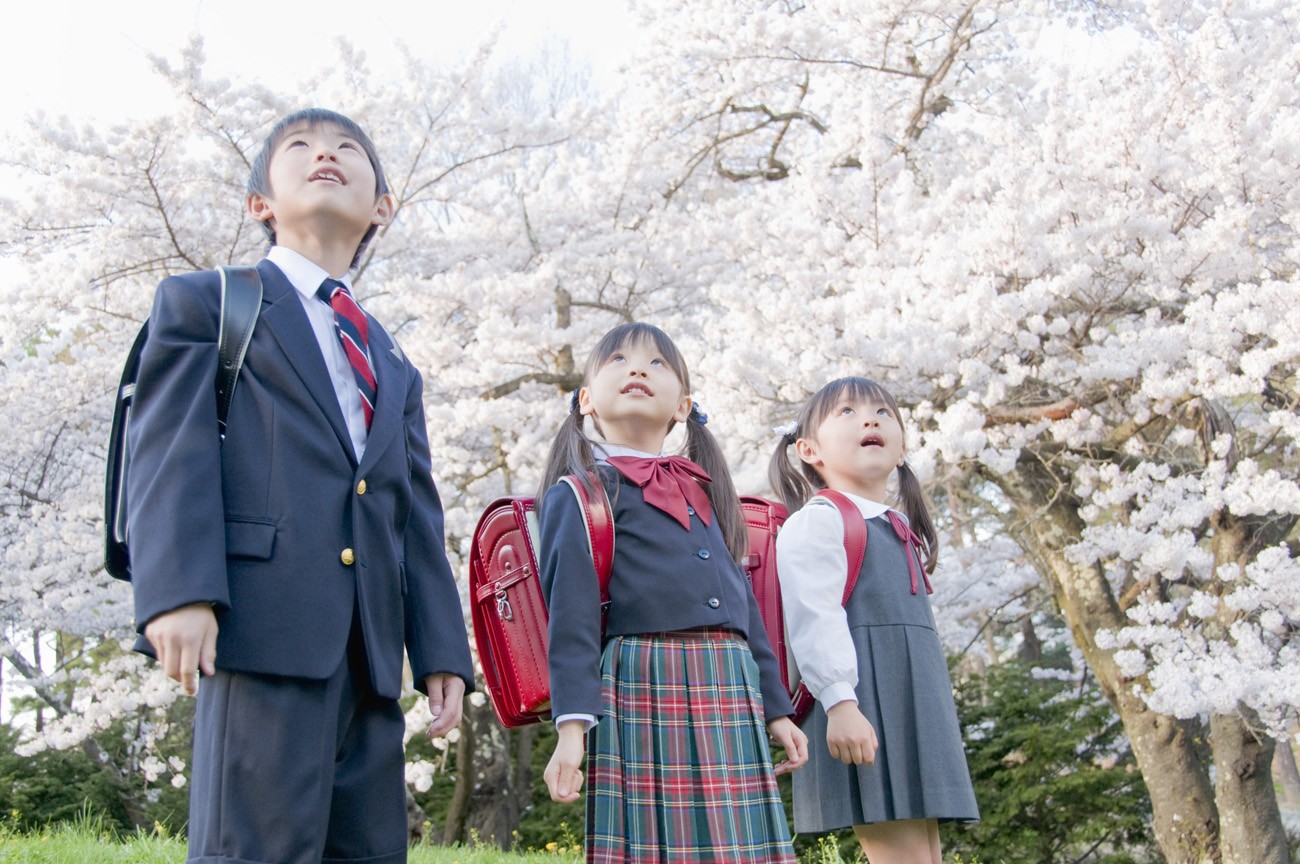
The entrance ceremony is held to welcome new students. It includes a speech from the principal and the singing of the school anthem. Since it takes place during cherry blossom season, it is common to take commemorative photos.
The opening ceremony marks the beginning of the new school year. Students are introduced to their new classes and homeroom teachers, and many schools also conduct class and seat rearrangements.
👉 Purchase Entrance Ceremony Outfits [Yahoo! Shopping]
👉 Purchase Randoseru (School Backpacks) [Yahoo! Shopping]
May – June: School Trips (Varies by School and Grade)
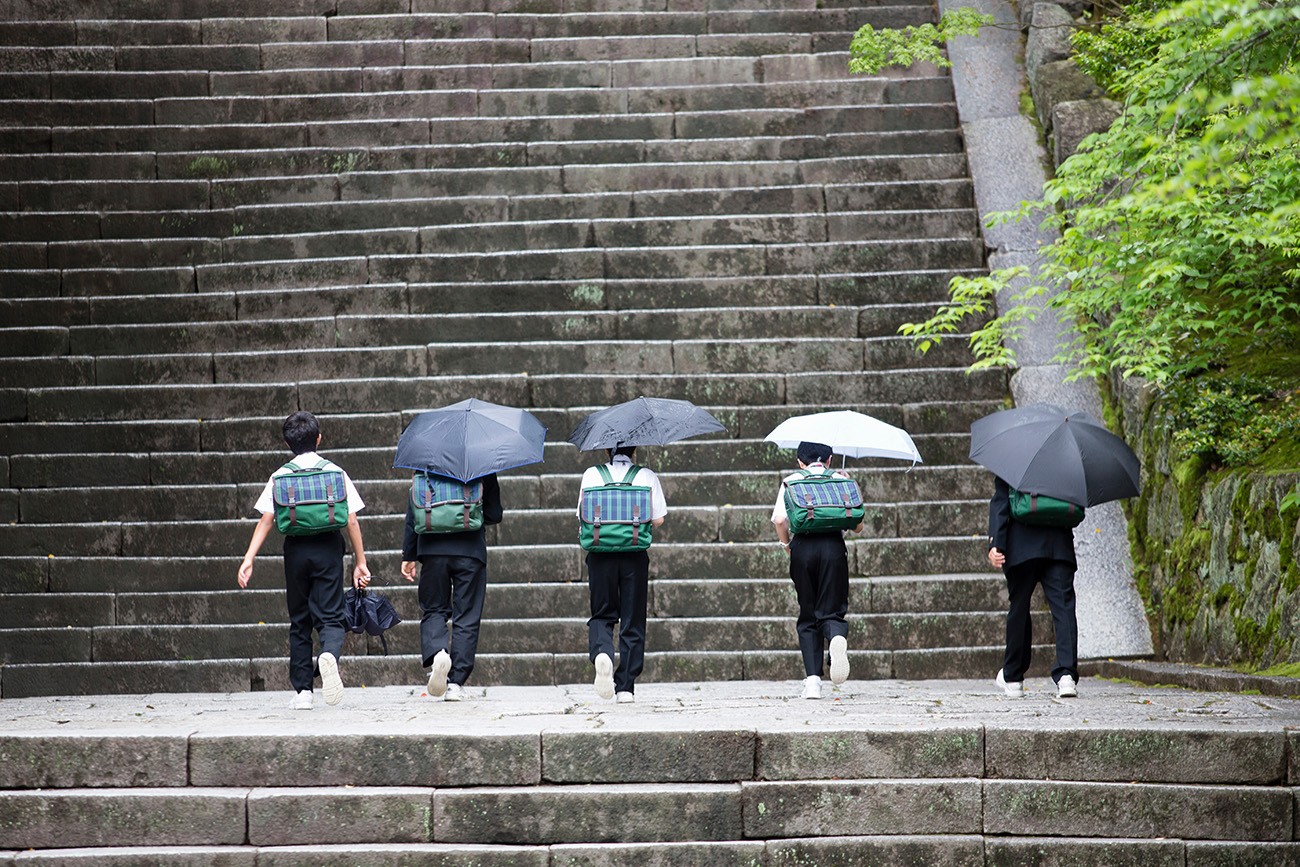
A school trip is an off-campus learning experience that includes overnight stays. It is not just a sightseeing tour but an event with educational purposes.
The timing of school trips varies by school and grade, but they are generally held in May – June or October – November. Elementary schools tend to visit nearby locations, while middle and high schools have a wider range of destinations. Popular locations include historical cities such as Kyoto, Nara, and Hiroshima, as well as nature-rich areas like Hokkaido and Okinawa. Some schools even organize overseas trips.
These trips provide opportunities for students to experience what they have learned in class firsthand, deepen their understanding of local traditions and cultures, and interact with local people. By working together with classmates, students also learn the rules and manners of group life, such as keeping time and sharing responsibilities, which are essential skills for society.
During free activity time, students plan their own itineraries and visit destinations independently, fostering a sense of initiative.
While school trips have many educational benefits, they are also one of the most exciting events for students. For many, it is their first time traveling to a distant location.
May – June: Sports Day (Varies by School and Grade)
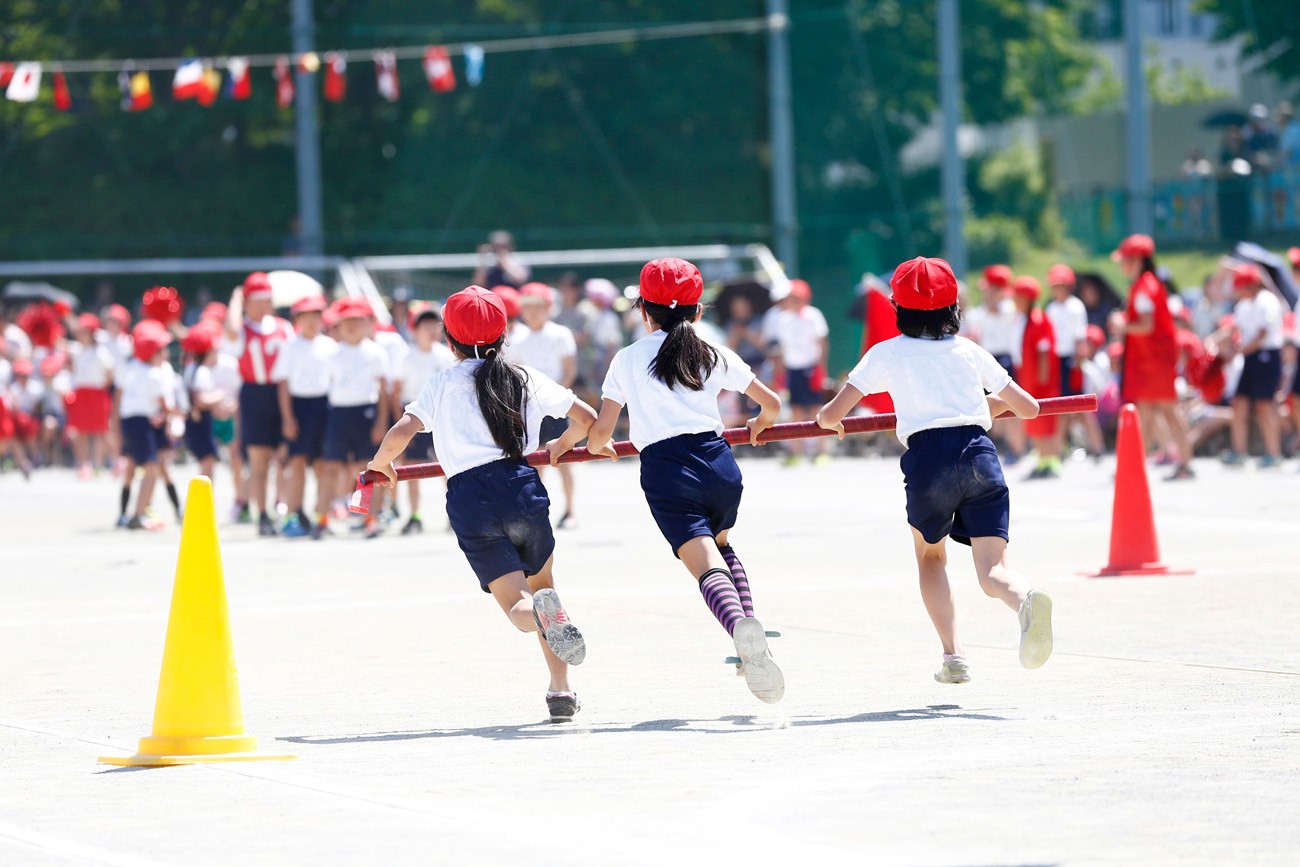
Sports Day is a large-scale sporting event held in Japanese schools. Students are divided into teams and compete in various events, such as relay races, tug-of-war, giant ball rolling, and group gymnastics. In high school sports festivals, there are often more creative programs, including cheering battles and dance performances.
The timing of Sports Day varies by school, but it is generally held in spring (May – June) or autumn (September – October). In recent years, more schools have been shifting to spring events to avoid conflicts with the exam season.
Sports Day is not only about enjoying physical activities but also serves as a valuable opportunity to strengthen bonds with classmates. Students support and cheer for each other, fostering teamwork and unity. Many schools allow parents to watch, making it a special event where families can create memories together.
👉 Purchase Sports Day Outfits [Yahoo! Shopping]
July: Closing Ceremony
The closing ceremony is held in July to mark the end of the first term. It includes a speech from the principal and the distribution of report cards, along with guidance on how to spend the summer break. While students eagerly look forward to the start of their summer vacation, it is important to plan their homework, club activities, and independent research projects wisely.
August: Summer Vacation
In Japan, summer vacation generally lasts for about a month, from late July to the end of August. During this time, students not only enjoy family trips and outings with friends but also work on homework and independent research projects. Many schools hold club activity training camps and competitions, with sports clubs, in particular, using this time to enhance their skills through intensive summer training. Additionally, elementary and middle schools often organize nature-based programs, such as forest schools, to provide unique outdoor learning experiences.
List of School Events in the Second Term (July – December)
September: Evacuation drills
Japanese schools conduct disaster drills to prepare for emergencies such as earthquakes and fires. Many schools schedule these drills in September to coincide with "Disaster Prevention Day" on September 1. During the drills, students learn how to respond when an alarm sounds, confirm evacuation routes, and practice using protective hoods. Some schools also conduct tsunami and intruder response drills. The goal is to instill disaster awareness and preparedness in students.
September – November: School Festivals (Varies by School and Grade)
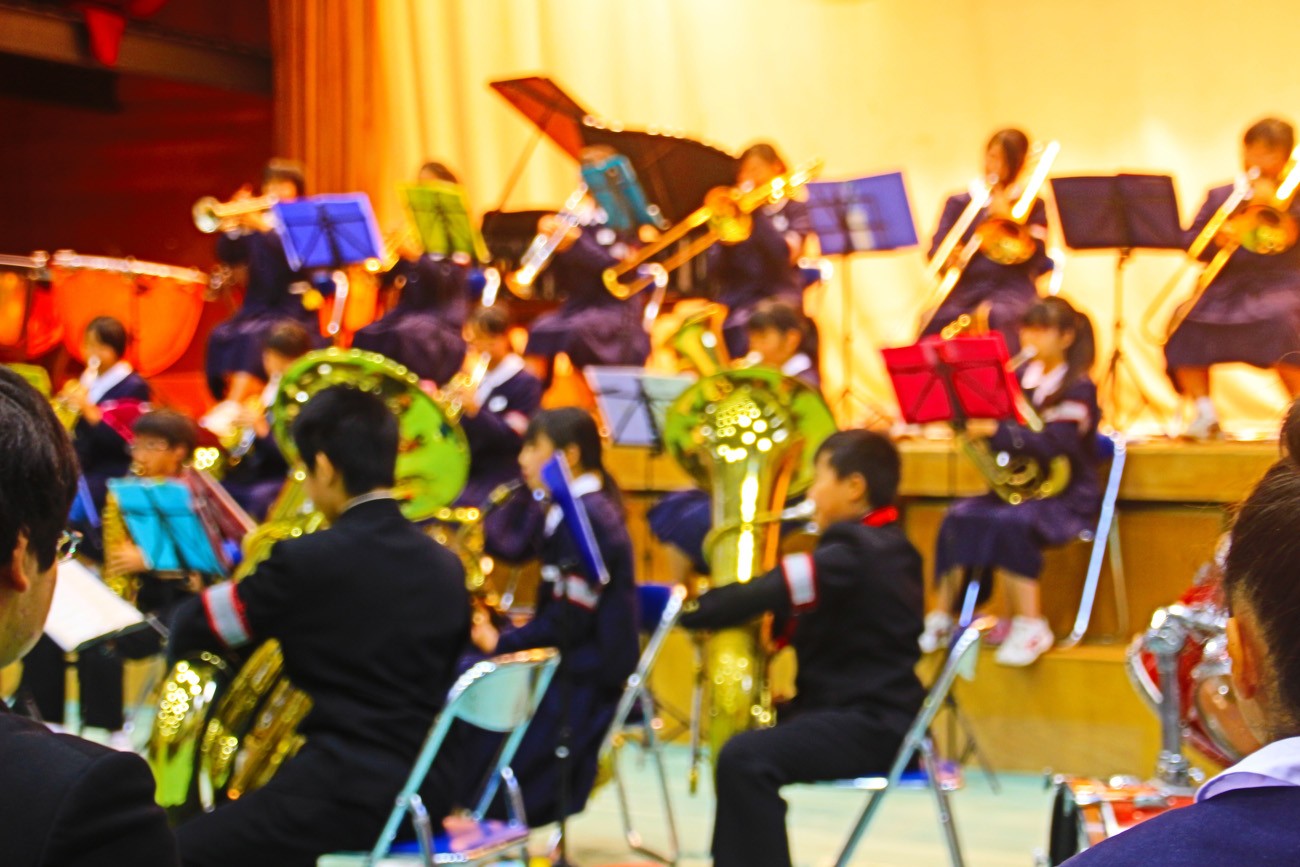
School festivals, also known as "bunkasai" or "gakuensai," are major student-led events typically held between September and November.
One of the biggest appeals of school festivals is the wide variety of creative performances and exhibits planned by students. Each class and club selects a theme and begins preparations two to three months in advance. Here are some of the most popular attractions:
Food Stalls: A festival favorite, students team up to run food stalls selling classic treats like takoyaki, yakisoba, and shaved ice.
- Theater & Music: Drama clubs, brass bands, and light music clubs perform original plays, choral pieces, and live band performances. The intimate setting allows for close interaction with the audience.
- Exhibits & Art: Art and science clubs display paintings, experimental demonstrations, and other creative works to showcase their achievements.
- Haunted Houses: A popular attraction where students dress up as ghosts and monsters to transform a classroom into a spooky haunted house.
December: Winter Vacation
Winter vacation in Japan lasts for about two weeks, from the end of December to early January. During this time, students often spend quality time with family, participate in year-end and New Year’s celebrations, or focus on completing their winter break homework.
Some schools also host Christmas events and year-end activities before the vacation starts, allowing students to take part in festive preparations and celebrations.
List of School Events in the Third Term (January – March)
March: Graduation Ceremony
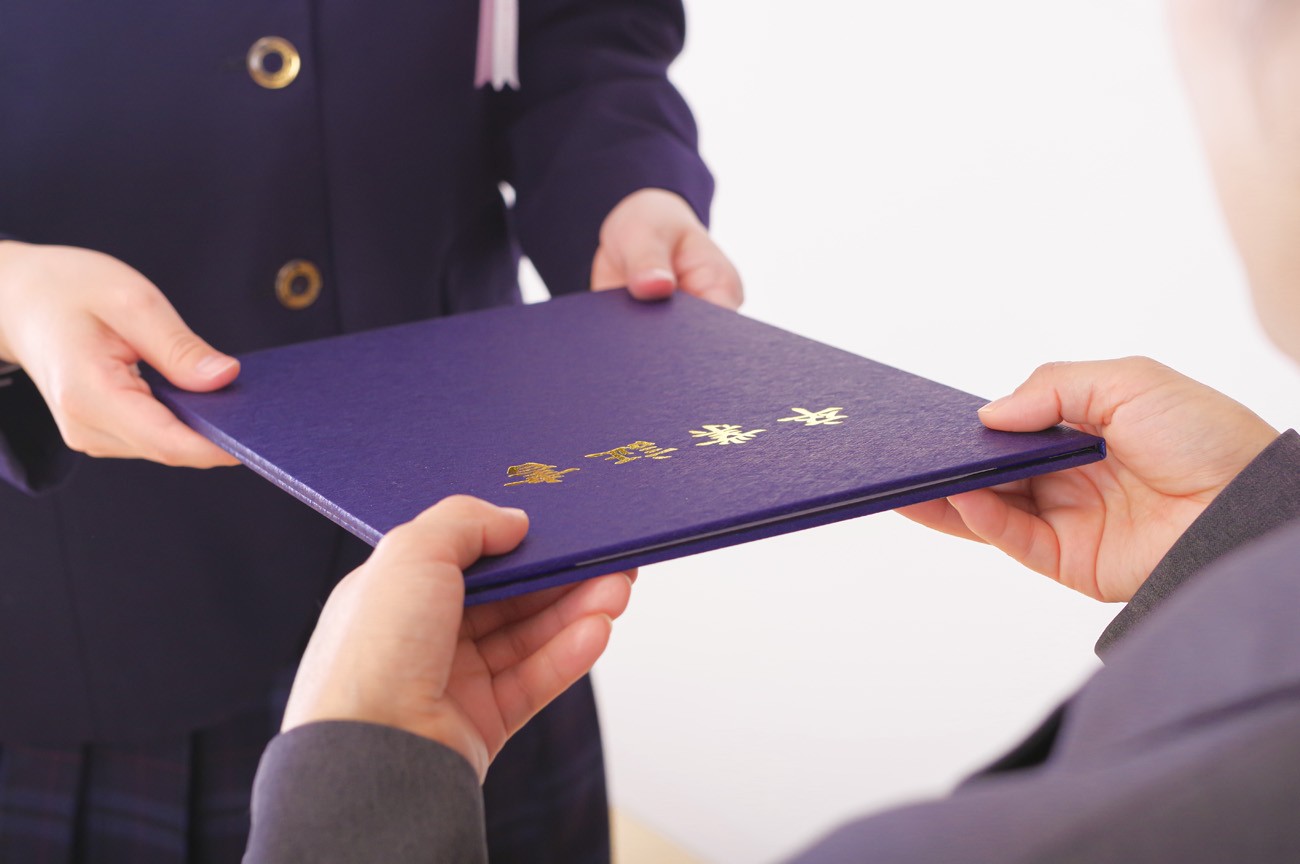
March marks the season for graduation ceremonies, one of the most significant events in a Japanese student’s life. Graduating students wear either their school uniforms or formal suits and take part in the ceremony. The event includes the presentation of diplomas, words of gratitude, and a farewell chorus. Students also receive graduation albums and commemorative gifts.
In Japan, there is a tradition where students give the second button of their uniform to someone special on graduation day. The second button is closest to the heart, symbolizing the act of giving one’s heart to the person they cherish.
👉 Purchase Graduation Outfits [Yahoo! Shopping】
Annual Events Held Multiple Times a Year
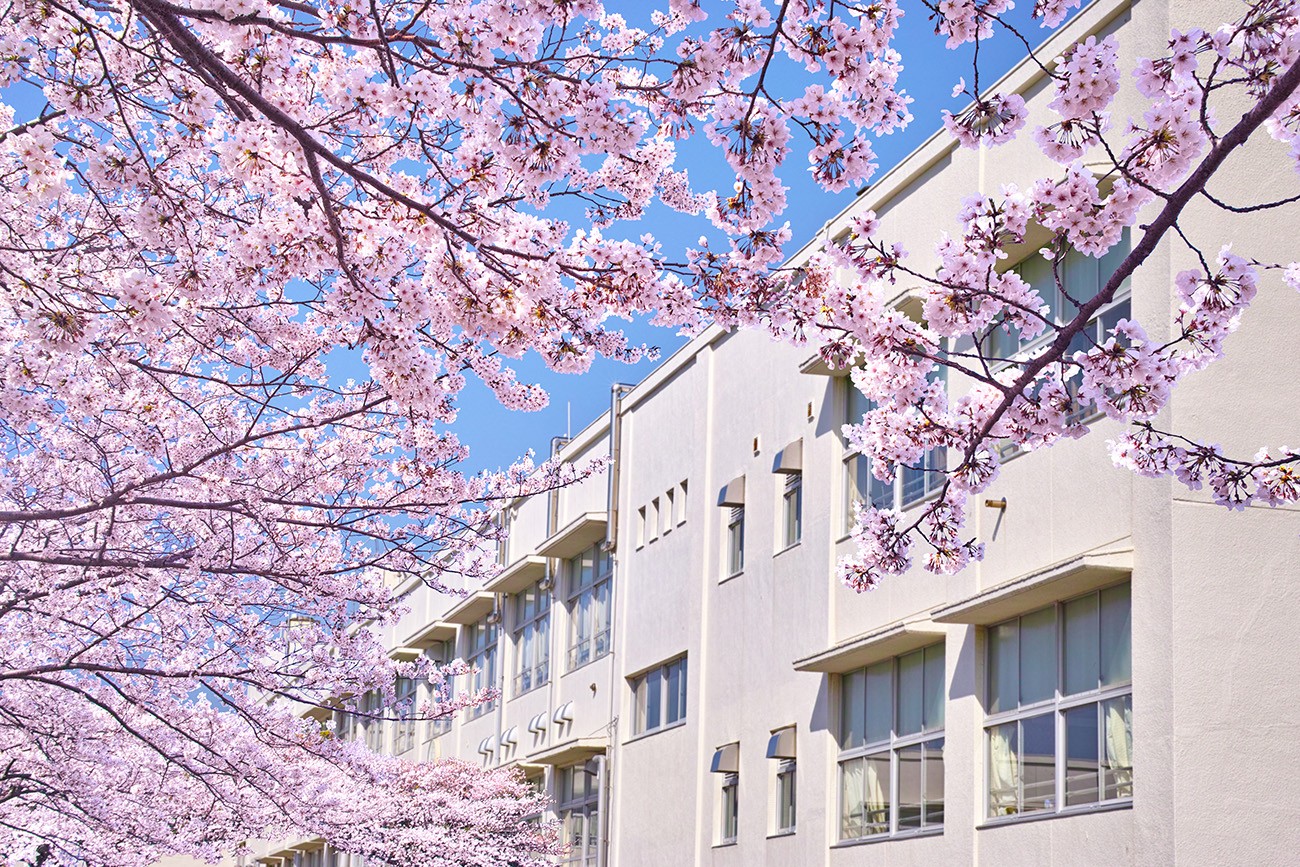
Field Trips & School Excursions
Field trips are among the most memorable school events. They are often scheduled between April and May at the beginning of the academic year to foster interaction among new classmates. Another round of field trips may be held in the second term, providing a refreshing break in the pleasant autumn weather.
👉 CCheck out recommended backpacks for field trips & school excursions here [Yahoo! Shopping]
Open Class Days
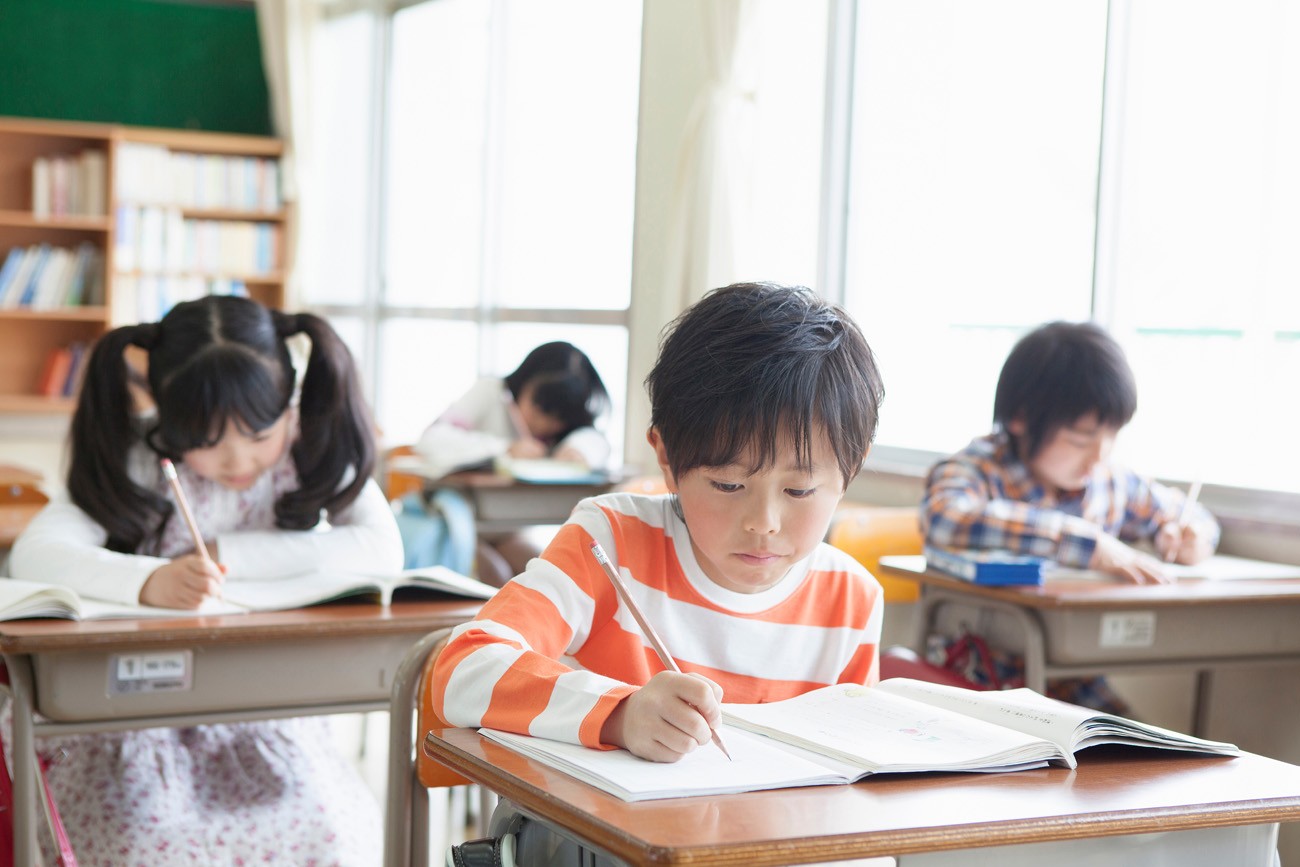
Open class days allow parents to visit schools and observe their children’s lessons firsthand. These events are typically held once per semester, with the first one often scheduled around May or June—several months after the start of the academic year—to give parents insight into their child’s progress.
Some schools also hold parent-teacher meetings or individual consultations alongside open class days, making them valuable opportunities for parents to connect with their child’s school life.
Field Trips
Off-campus learning takes students beyond the classroom for hands-on educational experiences. These trips include visits to museums, factories, and nature facilities, providing insights that textbooks alone cannot offer. Depending on the school and grade level, programs may range from social studies field trips to environmental studies and historical explorations.
The purpose of off-campus learning is to deepen students’ understanding through direct experience. For example, visiting a historical site after learning about it in class helps students form a clearer and more concrete image of what they studied.
Popular Off-Campus Learning Destinations:
Museums & Archives: Learning about history and culture
- Nature Experience Facilities: Day camps and forest study programs
- Factory Tours: Observing manufacturing processes and craftsmanship
- Science Centers & Themed Exhibits: Exploring cutting-edge technology and environmental issues
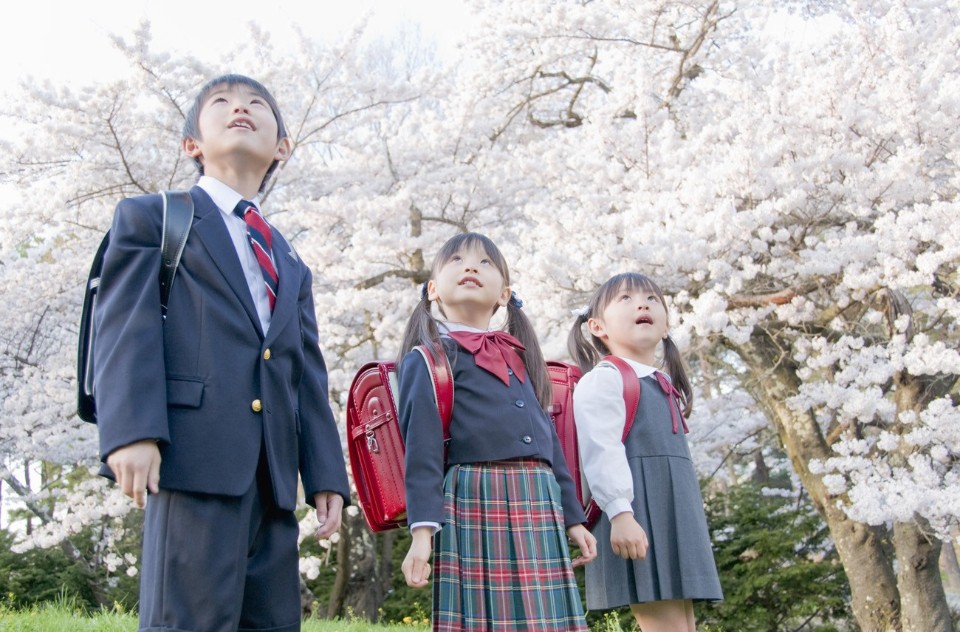
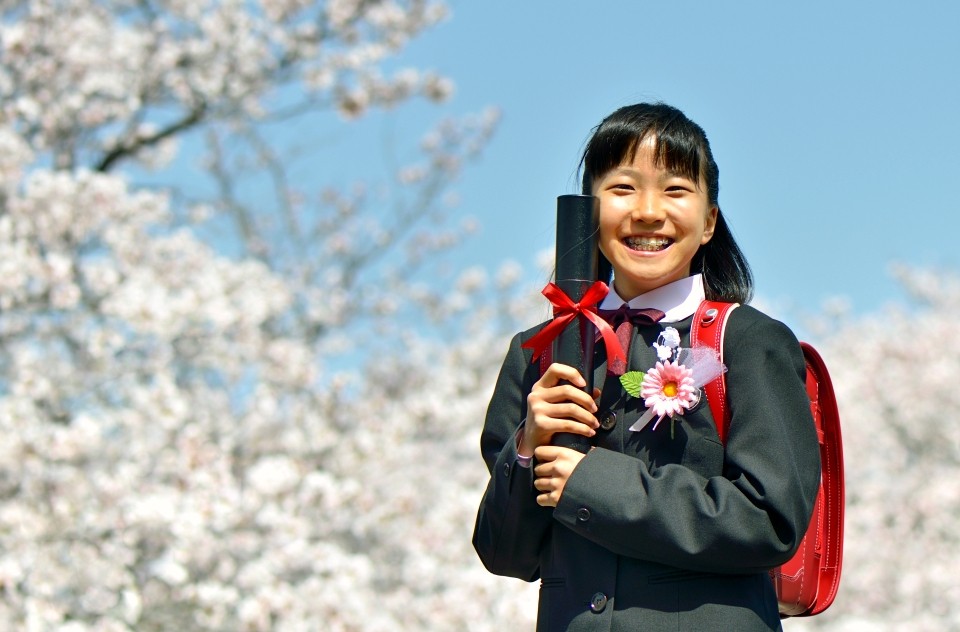
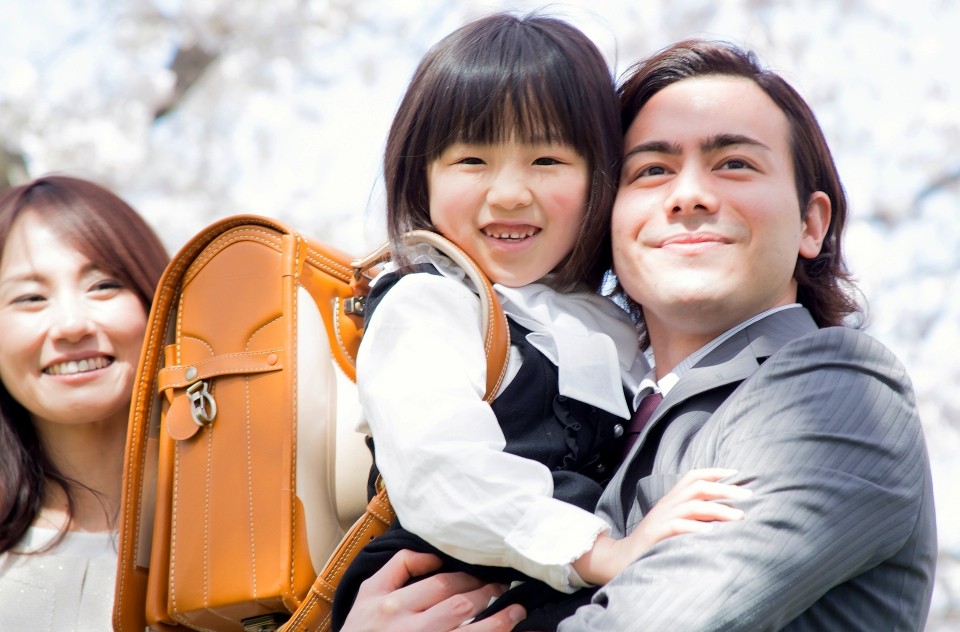
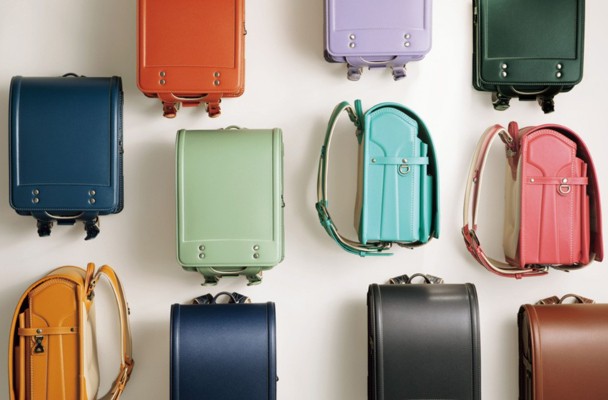
Comments